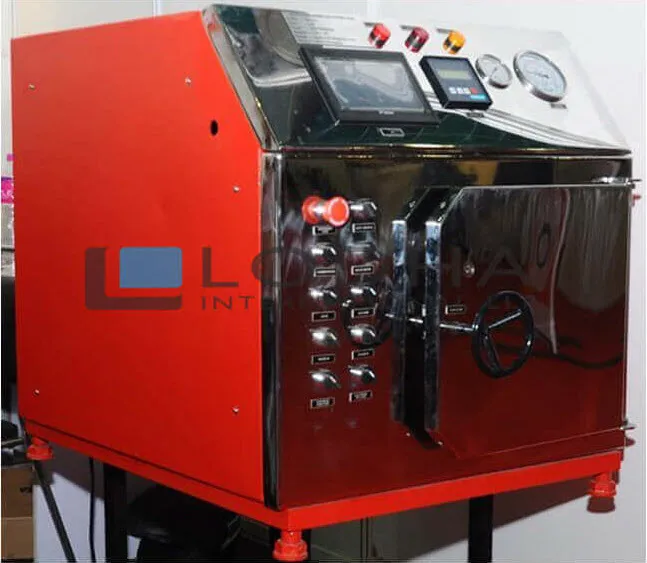Get in touch! +91 9687731331 | +91 9687631331 | info@lodhapharma.com
ETO - An Ethylene Oxide Sterilizer
ETO is a toxic substance that is used to sterilise medical devices and surgical equipment. It is a process that is done in three stages. During the first stage, the device is heated in order to destroy any potential bacteria or other organisms. The next stage involves the application of the ETO vapor. After that, the device is placed in a cold-water bath. This is then followed by a final drying stage.
What is the Process of Ethylene Oxide Sterilizer?
A process for sterilizing medical devices by ethylene oxide has 3 stages. The three stages are the preconditioning phase, the gas injection phase, and the exposure phase. Each of these stages has its own set of optimization requirements and challenges.
Preconditioning involves adding heat and moisture to the product. This step is important for two reasons. First, it can reduce the amount of EO used, and second, it provides an opportunity to improve the design of the cycle.
The aeration chamber is designed to remove any residual EO. This step can involve using nitrogen, or steam, to flush the chamber. These steps are done to ensure the maximum sterilization potential of a product.
Once the aeration chamber has been properly conditioned, it is time for the gas injection phase. After this phase, all of the remaining EO particles must be removed from the chamber.

Is EO Sterilization Compatible with a Wide Variety of Medical Device Materials?
There are a variety of material choices available for medical devices. Some of these include ceramics, composites, metals, and polymers. Each of these materials has important properties that can affect the performance of the device. To make the best selection, it is important to understand the various factors that come into play.
In addition to chemical properties, physical properties of the material are also key considerations. For example, if a piece of equipment will be reusable, then it should be durable and resist repeated cleaning and sterilization cycles. If a device is disposable, then its cost-effectiveness should be a major factor.
Biocompatibility is an important material property of many medical devices. This is the ability of the material to withstand contact with the body without inducing an immune response.
EPA is working to Reduce ETO Emissions
The Environmental Protection Agency is taking steps to reduce the impact of ETO emissions to the outdoor air. This flammable, colourless gas is commonly used to sterilize detergents, medical equipment and plastics. Although EPA is not sure what effect it has on people, it is working with industries to reduce its impact.
EPA is conducting research to determine how to reduce the amount of ETO in the outdoor air. The resulting information will be used to identify opportunities for near-term reductions.
EPA is coordinating with state and local air agencies to collect and share information on the emission of ETO. In addition to helping to regulate facilities, EPA is also reaching out to the public to educate them on ETO sterilizers.
The Bottom Line
Ethylene oxide (EO) is a colourless, odourless, and flammable man-made gas that has been used to sterilize heat-sensitive food products and medical devices. A variety of medical devices are sterilized using EtO, including heart valves, pacemakers, gowns, and drapes. The chemical is also used to disinfect dry foods.

